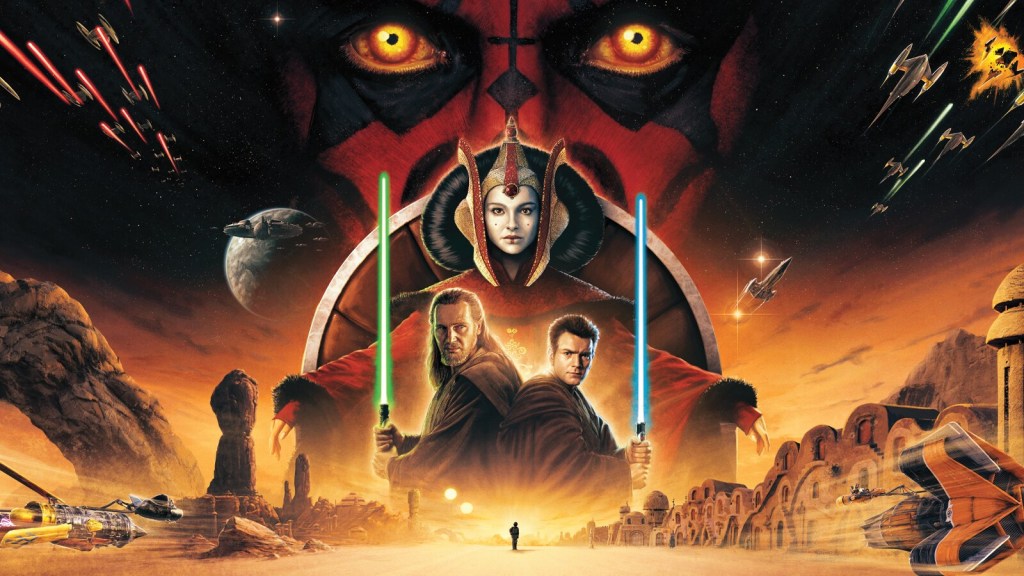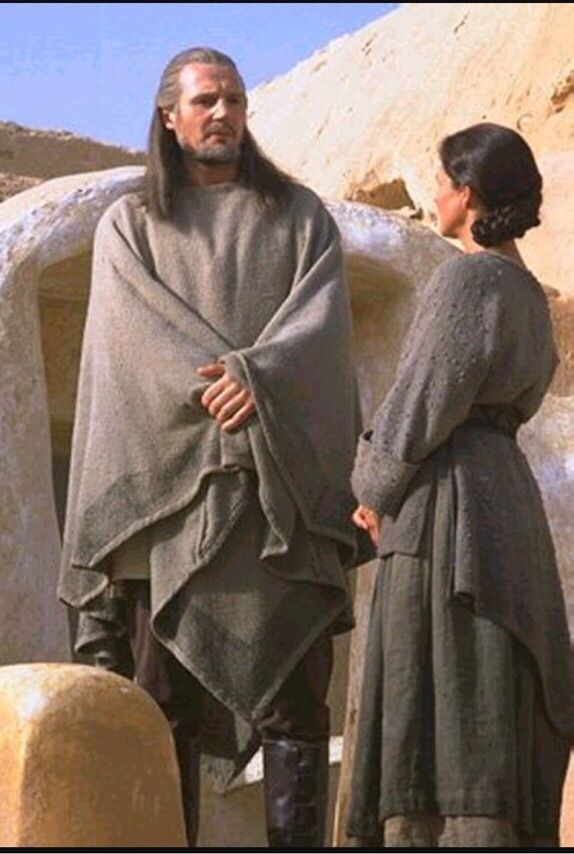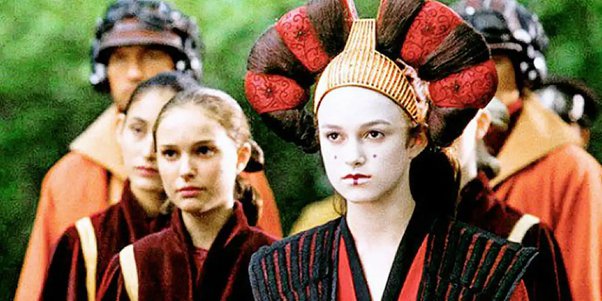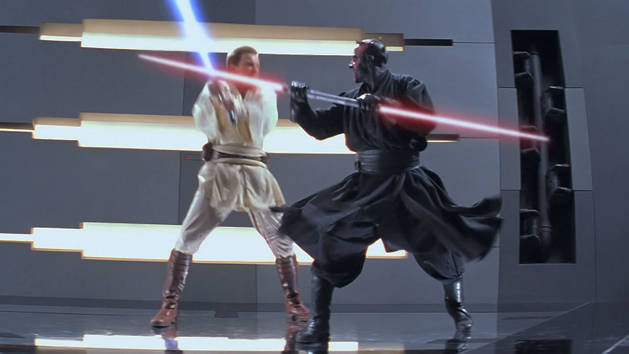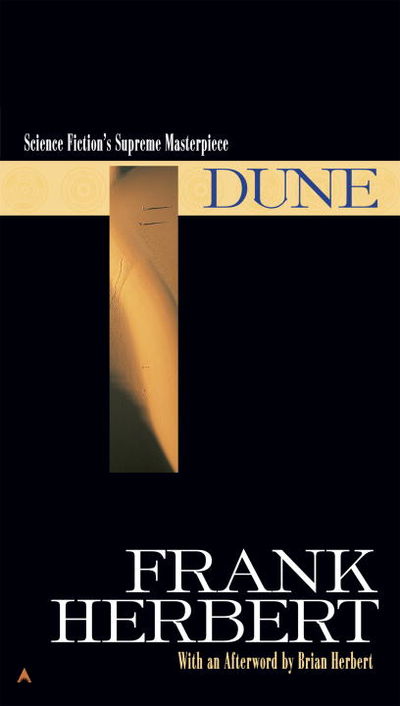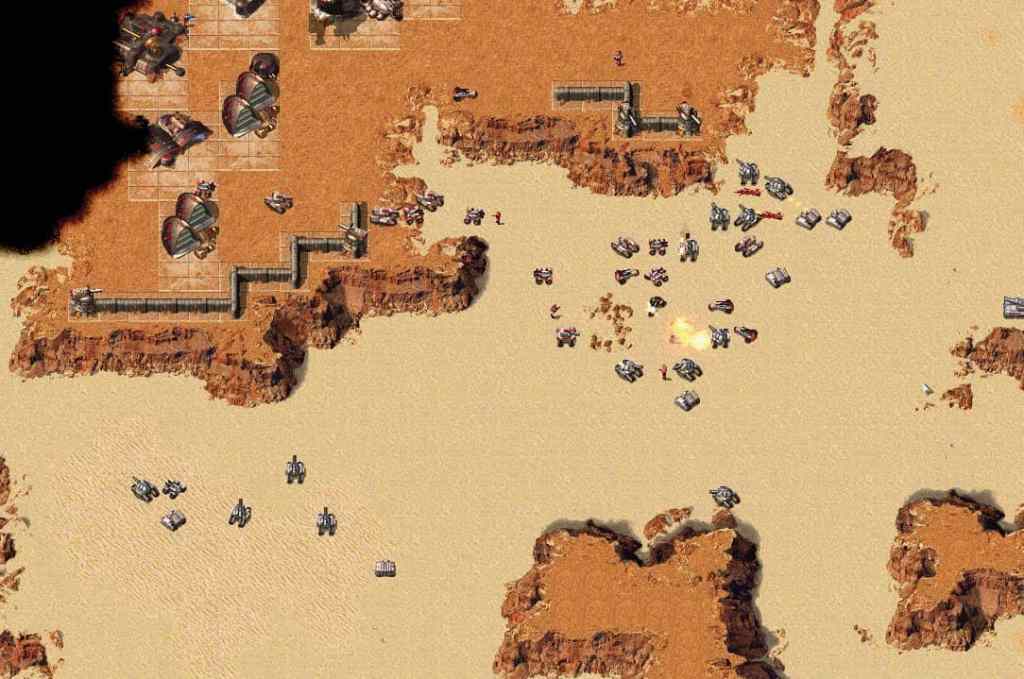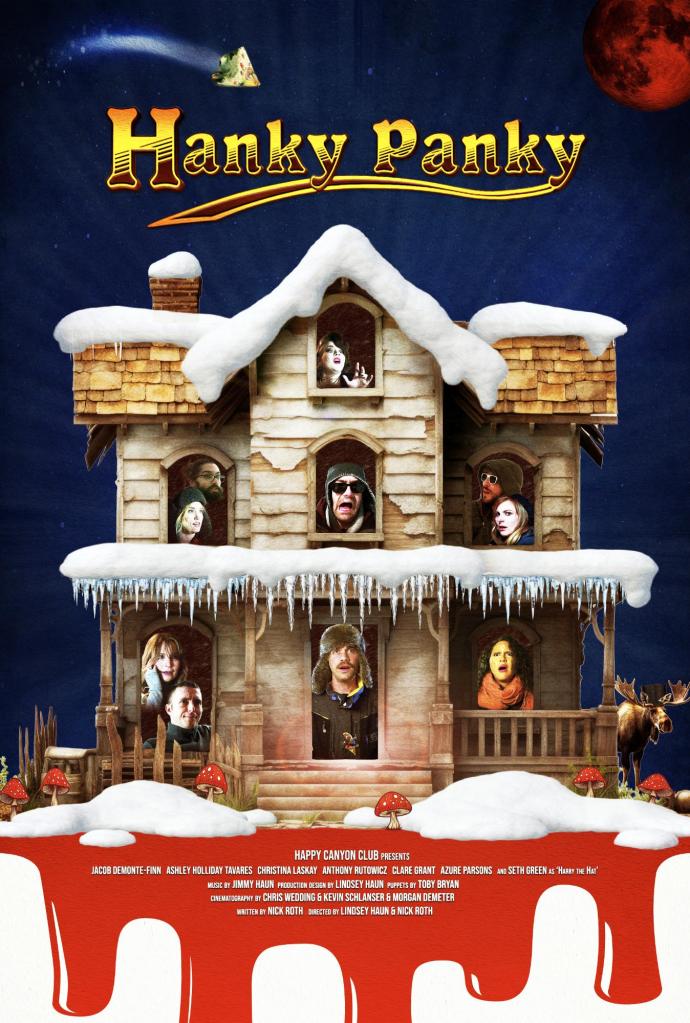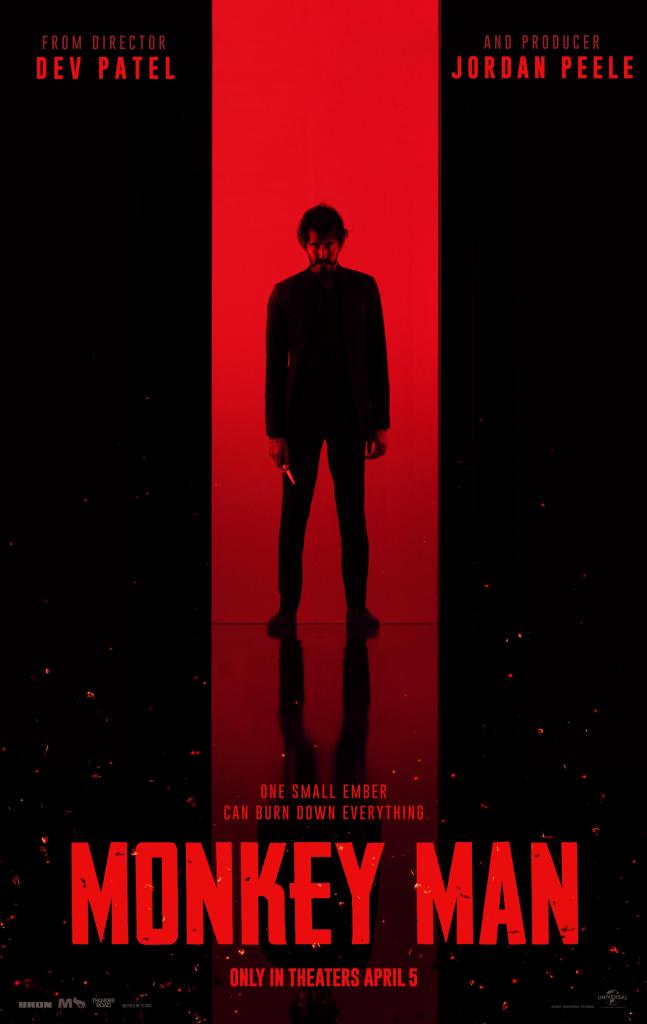
The Bikeriders, like Furiosa, understands the raw power and coolness of a bunch of people revving motorcycles to intimidate enemies. Inspired by real people and events, and based on a book by photographer and filmmaker Danny Lyons, it is also a film which seems to draw heavily from The Wild One (the motorcycle club was formed in part as a response to one of the characters watching the film) and the idea of a rebel without a cause or a care. Johnny (Tom Hardy doing another incredible voice) is the aging family man leader of an outlaw motorcycle club that finds itself going through a rocky transitionary period between 1965 and 1973 as expansion, urban economics, and the effects of the American War in Vietnam reshape the world they live in. Austin Butler is Benny, the handsome, quiet rebel at the center of the film, who wants nothing more in life than to ride motorcycles, hang with his boys, and take on challengers. Jodie Comer’s Kathy carries the film as narrator and primary subject protagonist (where Johnny and Benny, with opaque interiority, become objects). Because she is the central interviewee for the journalist character, most of the film is through her eyes, and that which she did not see illustrates points which reflect her perspective.
Austin Butler has relatively few lines, so we don’t get any overwhelming insights into his personhood beyond what we can see in his actions. Benny is introduced when Kathy shows up the Vandals biker bar hideout so her friend feels safe on a date at a party. Johnny introduces himself, says he’s the head honcho, says he won’t let anything happen to Kathy, dodgily answering “nothing” when she wonders what might have happened otherwise. Benny hardly says a word beyond introducing himself, ends up taking Kathy on a motorcycle ride, wind in her hair, exhilarated, and after partying until the early morning, he brings her home, where her boyfriend angrily and concernedly waits. Benny stands vigil on his motorcycle for upwards of twelve hours, Kathy’s boyfriend leaves, and she marries Benny within the week. This film is about the events that follow, the consequences of her getting wrapped into this life, or being adjacent to it as he’s drawn further in and the Vandals motorcycle club gets twisted up in the forces of history and the easy corruption that grows in an undisciplined organization or organism.
The Bikeriders is a film touched by but not explicitly engaging with structural forces, a valid choice but which provides a narrow scope of perception and expression. Steeped as it is in the homosocial – guys being dudes, dudes rocking, dudes hugging and punching and wrestling and showing skin – it also clings tightly and generously to the homoerotic. One of the main throughlines in the film which you can see from the first trailer is that Kathy and Johnny end up in conflict over Benny – fighting over his soul, romantic love versus love for your bros; the interior conflict for Benny about his path toward the future.
Where it may be most interesting is as a demonstration of contradictions at the heart of a certain era in the past of American fraternal organizations. The grit and grime of this depiction of the late 1960s and early 1970s is notable because it is in contrast to the parallel hippie counter culture of free-love which has become, in the minds of some and the depictions of many, ubiquitous as representative of the historical setting. At the same time, the Vandals jackets and vests are often dirty or have a makeshift quality to them; the fashion of the men is a bit grungy, a bit between comfort, showiness, and utility, somewhere on the stylistic continuum between the polish of a 1950s greaser and a 1970s rocker. The general lack (though not complete absence) of persons of color or explicit queer characters is another storytelling choice which in the past would be unremarkable but is here noteworthy not because it sets the film back but because it expresses the singularity of viewpoint. The world as the Vandals see and experience it is not cloistered but it is separated from conventional retrospective notions of what was happening at the time, same as the characters are separated from conventional mainstream life. When the Vandals go to a local car show and end up in a brawl with another motorcycle club, the camera does show us some diversity in the crowd showing off cars, they’re just not mostly people the protagonists interact with.
Irrespective of that, the fictionalized firsthand account of the transformation of the motorcycle club is interesting because of what it reflects in the wider world. Johnny started the motorcycle club because he was a bit restless in a relatively charmed working-middle class home life. He started a motorcycle racing club and then decided he wanted a motorcycle hanging-out club. He took on castoffs and outsiders from around town (his best friend Brucie, played by Damon Herriman, or Army reject Zipco played by Michael Shannon among them), eventually from as far afield as California (Boyd Holbrook as filthy-toothed mechanic Cal and Normand Reedus as even grosser Funny Sonny). His Vandals were outlaws but perhaps not villains, and then they expanded and things got beyond his ability to control. He keeps trying to foist leadership on the man who wants it least, the one who he thinks the old guys and the new guys would respect, a man so disgusted by how things develop at the club that he eventually disappears. There’s a young man, The Kid (Toby Wallace) who is at first a small character in the film and later a catalyst within it – he and his friends see the Vandals riding through town one day and set out to be like them. They try to gain entry to the club and are rejected when, as a test, The Kid is admitted on condition he abandon his friends, not realizing that turning the back on his boys is the worst thing he could do in front of Johnny. They eventually gain admittance to the Milwaukee club (whose founding proposed by Happy Anderson’s Big Jack was, in many ways, the beginning of the end of what Kathy calls “the golden age”) and the Kid challenges Johnny.
I don’t think The Bikeriders romanticizes outlaw motorcyclists the same way a show like Sons of Anarchy does, for instance. Even the notion of a slightly softer past to contemporary outlaw motorcycle clubs has a realistic twinge of failure, grime, and listlessness to it. At the same time, I wonder about double standards in how I apply this critique to art and media about lawbreakers as opposed to art and media about law enforcers. Twelve years ago on a different blog, I wrote about how Martin Scorsese gets a lot of gruff for making criminals look cool, specifically with respect to The Wolf of Wall Street. My main contention in his defense was that we develop a society which rewards certain kinds of bad behavior. That white college students watch The Wolf of Wall Street and then produce party rap songs called “Jordan Belfort” is not an indictment of Martin Scorsese; if anything, it’s an indictment of American legal and economic systems which make the suffering of countless scam victims seem a worthy price for a yacht or a Lamborghini. It isn’t writer-director Jeff Nichols’s fault that motorcycles are cool or that Danny Lyon did such a great job capturing them looking cool in photographs he and cinematographer Adam Stone would have live-action storyboards to work with.[1] Moreover, what movies like Scorsese’s gang pictures and The Bikeriders do is to show that sometimes things that look, feel, and sound cool lead to or are made of dark and desperate actions and events.
The Bikeriders succeeds in that. Where it fails is a general lack of momentum; the way Comer’s narration is written and performed feels real, but there’s a lack of punch in the storytelling, as if the transition between setting up the characters as documentary subjects and showing what the Vandals turned into is lacking the right lubricant. The inevitable tragedies feel even more inevitable than tragic and sometimes Kathy’s talking so fast in this gossipy recollection that it feels as if she’s just recounting a couple bad weekends. Nonetheless, it isn’t her performance that is lacking (she is really carrying the film) but the narrative and thematic composition which feels like it is missing some propulsion. The film is far from lifeless, but there is little in the way of profundity. There is also an attempted sexual assault which, while it doesn’t approach the level of harrowing of a Heaven’s Gate or Blonde, does effectively strike fear into audience members and convey the club’s lowered standards of behavior.
Kathy’s discussion of the behavior and hygiene of the men of the club and the women adjacent to it is informative of her character as much as of the period. Her perspective isn’t treated as objective, per se, but as the most “normal.” The distinction between the women she likes (Rachel Lee Kolis as Johnny’s wife Betty, Phuong Kubacki as Brucie’s girlfriend Gail) and doesn’t (some unnamed, alluded to other characters) informs the hierarchy of respectability she has internalized even as she embraces the club in its flaunting of society and then rejects what the band turns into.
In a way, The Bikeriders is the story of a guy who had a fun idea to hang out with his friends, dressed it up in the aesthetic of criminality and ended up ceding control to people that wanted bad and worse because that aesthetic required action. If you engage in brawls and burn down bars, you can hardly be surprised if your life ends at the barrel of a gun. And if you can’t make the right man succeed you as leader, the wrong man will, anymore than you can be surprised if the guy who picked you up by looking hot on a motorcycle struggles to walk away from that life until it becomes a matter of life and death.
Final Score: 3/5
[1] Can’t stress enough how cool motorcycles are. Since Arnold in Terminator, Batman, the Power Rangers, and Grease 2. I haven’t ridden one in more than a decade and I’m, like, itching to take a class and get my license. It’s the closest I’ve ever felt to flying.



